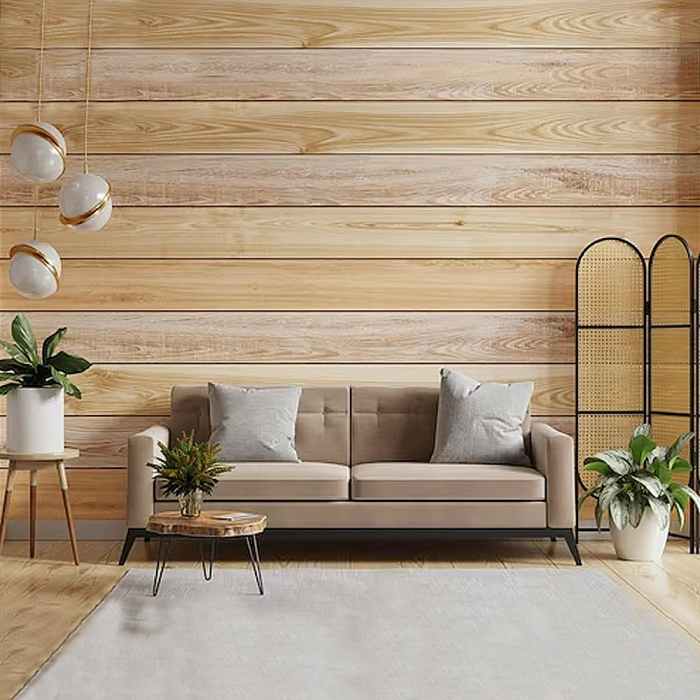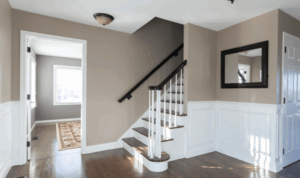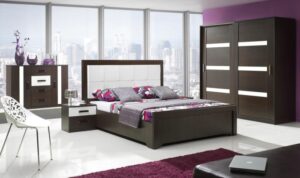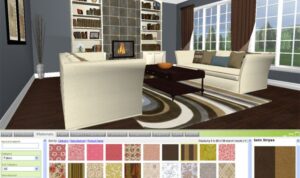Delving into the world of interior walls, this guide aims to provide a detailed look at the different aspects of this crucial element in construction and design. From the types of materials used to the latest design trends, readers will gain valuable insights into creating stunning interiors.
Types of Interior Walls
Interior walls play a crucial role in defining the layout and aesthetics of a building. There are several types of interior walls commonly used in construction, each with its own unique characteristics and advantages.
Drywall
Drywall, also known as plasterboard or gypsum board, is one of the most popular choices for interior walls. It is relatively easy to install, cost-effective, and provides a smooth surface for painting or wallpapering. However, drywall is not as durable as other materials and can be easily damaged by water or impact.
Plaster
Plaster walls have been used for centuries and are known for their durability and soundproofing properties. They offer a more traditional and elegant look compared to drywall. However, plaster walls can be more expensive to install and require skilled labor for repairs or renovations.
Brick
Brick walls are a classic choice for interior walls, adding a rustic and timeless charm to any space. They are durable, fire-resistant, and provide excellent thermal insulation. On the downside, brick walls can be costly to install, heavy, and may require additional structural support.
Concrete
Concrete walls are becoming increasingly popular in modern interior design due to their industrial and minimalist aesthetic. They are extremely durable, fire-resistant, and offer great sound insulation. However, concrete walls can be challenging to install, require specialized equipment, and may limit design flexibility.
Interior Wall Finishes
When it comes to interior design, the finish of your walls plays a crucial role in determining the overall look and feel of a room. Different finishes offer unique aesthetics, durability, and maintenance requirements that can greatly impact the ambiance of a space.
Paint
Paint is one of the most versatile options for interior wall finishes. It comes in a wide range of colors and finishes, from matte to glossy. Paint can easily be customized to match any decor style, making it a popular choice for many homeowners.
It is relatively easy to apply and maintain, with touch-ups being a simple task. However, painted walls may require more frequent maintenance and are susceptible to chipping and fading over time.
Wallpaper
Wallpaper is a great way to add texture, pattern, and color to a room. It offers a wide variety of design options that can instantly transform the look of a space. While wallpaper can be more expensive and time-consuming to install compared to paint, it can create a dramatic statement in a room.
Maintenance of wallpaper involves careful cleaning to avoid damage or peeling, but it generally holds up well over time.
Wood Paneling
Wood paneling adds a warm and rustic charm to any room. It provides a natural and elegant look, creating a cozy atmosphere. Wood paneling can come in different types of wood, finishes, and patterns to suit various design preferences. However, wood paneling may require more maintenance, such as occasional polishing or refinishing, to keep its appearance looking fresh and vibrant.
Tiles
Tiles are a durable and versatile option for interior wall finishes. They are highly resistant to moisture, making them ideal for areas like kitchens and bathrooms. Tiles come in various materials, colors, and patterns, allowing for endless design possibilities
Interior Wall Insulation

Insulating interior walls is crucial for enhancing energy efficiency and maintaining a comfortable indoor environment. Proper insulation helps regulate temperature, reducing the need for excessive heating or cooling, which can lead to lower energy costs.
Types of Insulation Materials
Insulation materials commonly used in interior walls include fiberglass, cellulose, foam board, and mineral wool. Each type has its own unique properties and benefits, such as thermal resistance and moisture control. Fiberglass insulation, for example, is a popular choice due to its affordability and effectiveness in reducing heat transfer.
Soundproofing Benefits of Insulation
Insulation not only helps with temperature control but also plays a significant role in soundproofing a room. By reducing the transmission of sound waves through walls, proper insulation can minimize noise from neighboring rooms or outside sources. This is especially important for maintaining privacy and creating a peaceful living or working environment.
Interior Wall Design Trends
When it comes to interior wall design, there are several trends that are currently making waves in the design world. These trends can significantly impact the overall ambiance of a space, creating a unique and stylish look that reflects the personality of the homeowner.
Accent Walls
Accent walls are a popular trend in interior wall design, where one wall is painted or decorated differently from the rest of the room to create a focal point. This can be achieved by using a bold color, wallpaper, or textured finish to draw attention to a specific area of the room.
Textured Finishes
Textured finishes on interior walls are also gaining popularity as they add depth and visual interest to a space. Textures like brick, stone, or wood can create a unique look and feel, giving a room character and dimension.
Statement Colors
Using statement colors on interior walls is another trend that can transform a space. Bold and vibrant colors like deep blues, emerald greens, or rich terracottas can make a dramatic impact and add personality to a room. Pairing these colors with neutral furnishings can create a striking contrast and make the walls stand out.
Concluding Remarks
In conclusion, interior walls play a significant role in shaping the aesthetics and functionality of a space. By understanding the various types, finishes, insulation options, and design trends, individuals can elevate their interior design game and create spaces that are both visually appealing and practical.
Expert Answers
What are the common types of interior walls?
Common types include drywall, plaster, brick, and concrete.
How do different wall finishes impact a room's aesthetics?
Finishes like paint, wallpaper, wood paneling, or tiles can significantly alter the look and feel of a space.
Why is insulation important for interior walls?
Insulation is crucial for energy efficiency and soundproofing in a room.
What are some current trends in interior wall design?
Current trends include accent walls, textured finishes, and bold statement colors.












